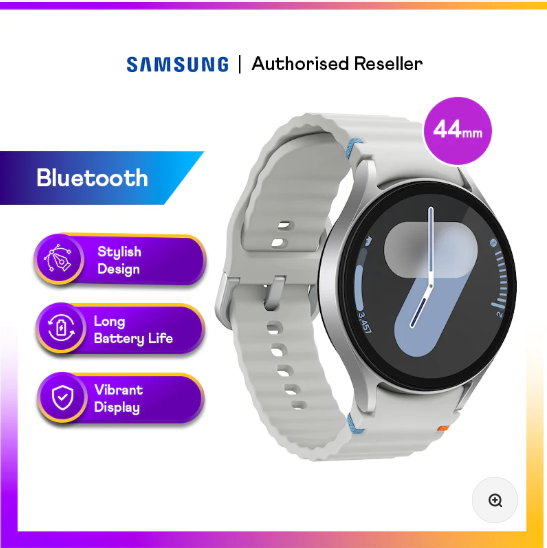
- MyRepublic
Digital connectivity has become a huge part of our lives. Instead of sending letters via post or doing research by speaking to people face-to-face, we’re now downloading files, streaming videos, and joining video calls to stay updated. In today’s world, data speed and volume play pivotal roles in improving our lives and digital experiences. But what can data speed and volume do exactly and just how significant are they?
What Is Data Speed and Data Volume?
Data speed is commonly known as bandwidth or throughput. Expressed in units like bits per second (bps), kilobits per second (kbps), megabits per second (Mbps), or even gigabits per second (Gbps), it indicates how fast information travels from one point to another across a network.
On the other hand, data volume refers to the amount of information being transmitted or stored, regardless of the transmission rate. It is measured in bytes, kilobytes (KB), megabytes (MB), gigabytes (GB), or terabytes (TB).
The Relationship Between Data Speed and Data Volume
Understanding the relationship between speed and volume helps you to enjoy a better internet experience, especially with the advent of technologies like 10Gbps broadband. Having a faster data speed minimises buffering delays, while a larger data volume gives you a strong capacity to accommodate the influx of information.
Why Does Speed Matter?
To help you understand the importance of speed, let’s take a look at how it affects the way you consume content in your leisure time, say, on Netflix.
Originating as a humble DVD-by-mail service, Netflix has grown to become the go-to entertainment platform, with consumers worldwide streaming their favourite shows and movies on it daily. As of the first quarter of 2024, Netflix boasts an impressive 269.6 million paid subscribers globally, according to Statista. This figure represents an increase of over nine million subscribers compared to the previous quarter, showcasing the platform’s widespread adoption.
Now, imagine watching a show, only for it to pause and buffer every few minutes. How unpleasant is that? When you’re streaming Netflix programmes, you want it to perform and deliver the content you love without interruptions. This can only be possible with fast fibre internet and other broadband connections. Here’s how it directly impacts your viewing experience:
● Loading Times
A fast broadband connection ensures swift loading times, allowing you to access your desired content without delay.
● Smooth Playback
Enabled by speedy internet, seamless playback of content eliminates interruptions during video streaming.
● Buffering Frequency and Duration
With a reliable broadband connection, you can minimise buffering occurrences. Even if they do occur, they are brief.
How to Optimise Data Usage on Netflix?
Looking to optimise your data usage when watching Netflix? You can adjust your viewing experiences to limit your data usage:
● Low Resolution
Ideal for conserving data and suitable for users with limited bandwidth or data caps.
● Medium Resolution
Strikes a balance between data conservation and video quality, offering a satisfactory viewing experience even if you are not using the fastest broadband in Singapore!
● High Resolution
Delivers crisp and high-definition video quality. Highly recommended for users who sign up for fast broadband connections.
● Auto Resolution
Automatically adjusts the streaming quality based on available bandwidth, without requiring manual intervention from the user.

Whether you’re streaming the newest blockbuster or conducting important business transactions online, mastering the concepts of data speed and volume is essential for smooth data transmission. Enhance your internet experience with MyRepublic’s Broadband plans and connectivity products today to unlock a world of information at your disposal!



















